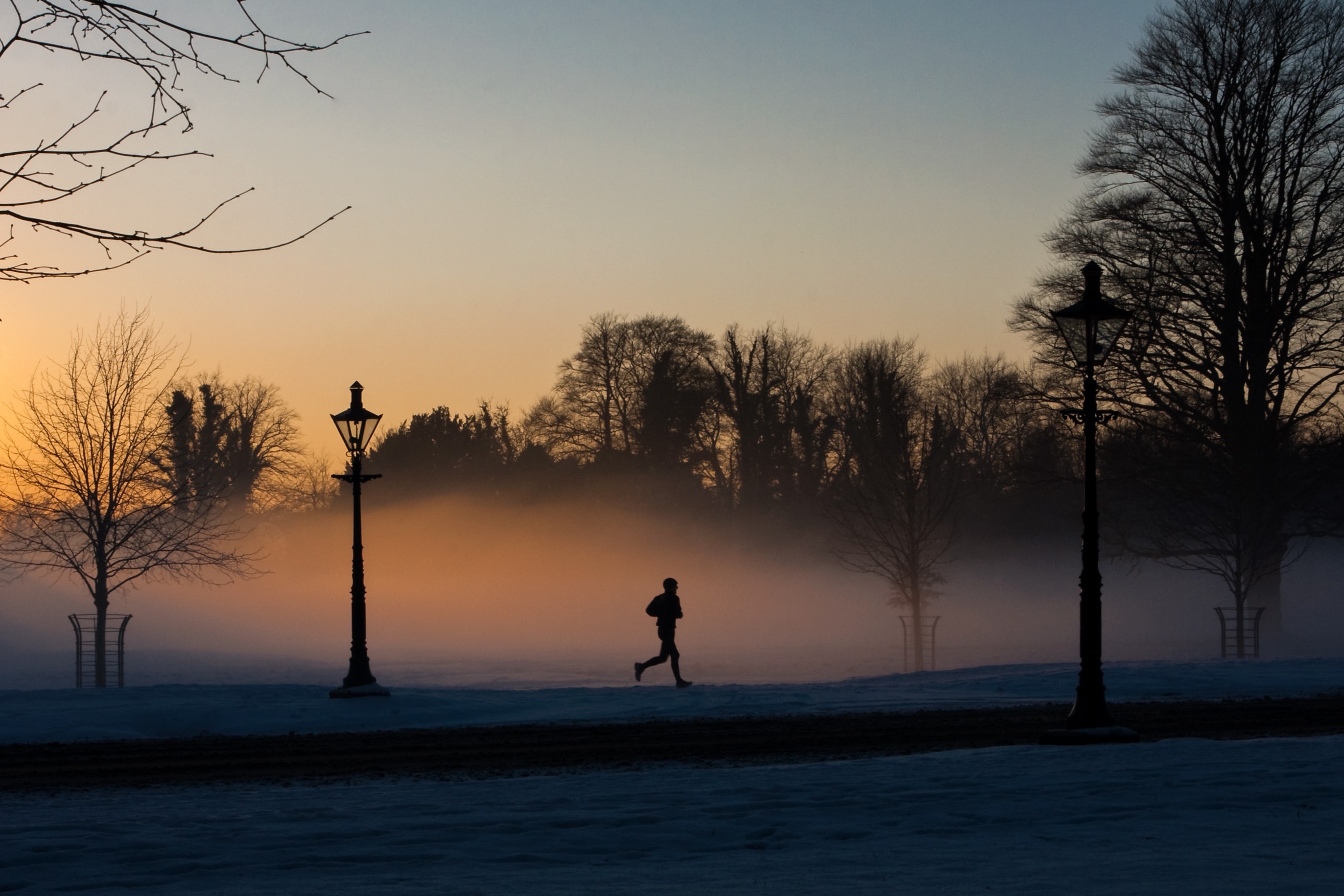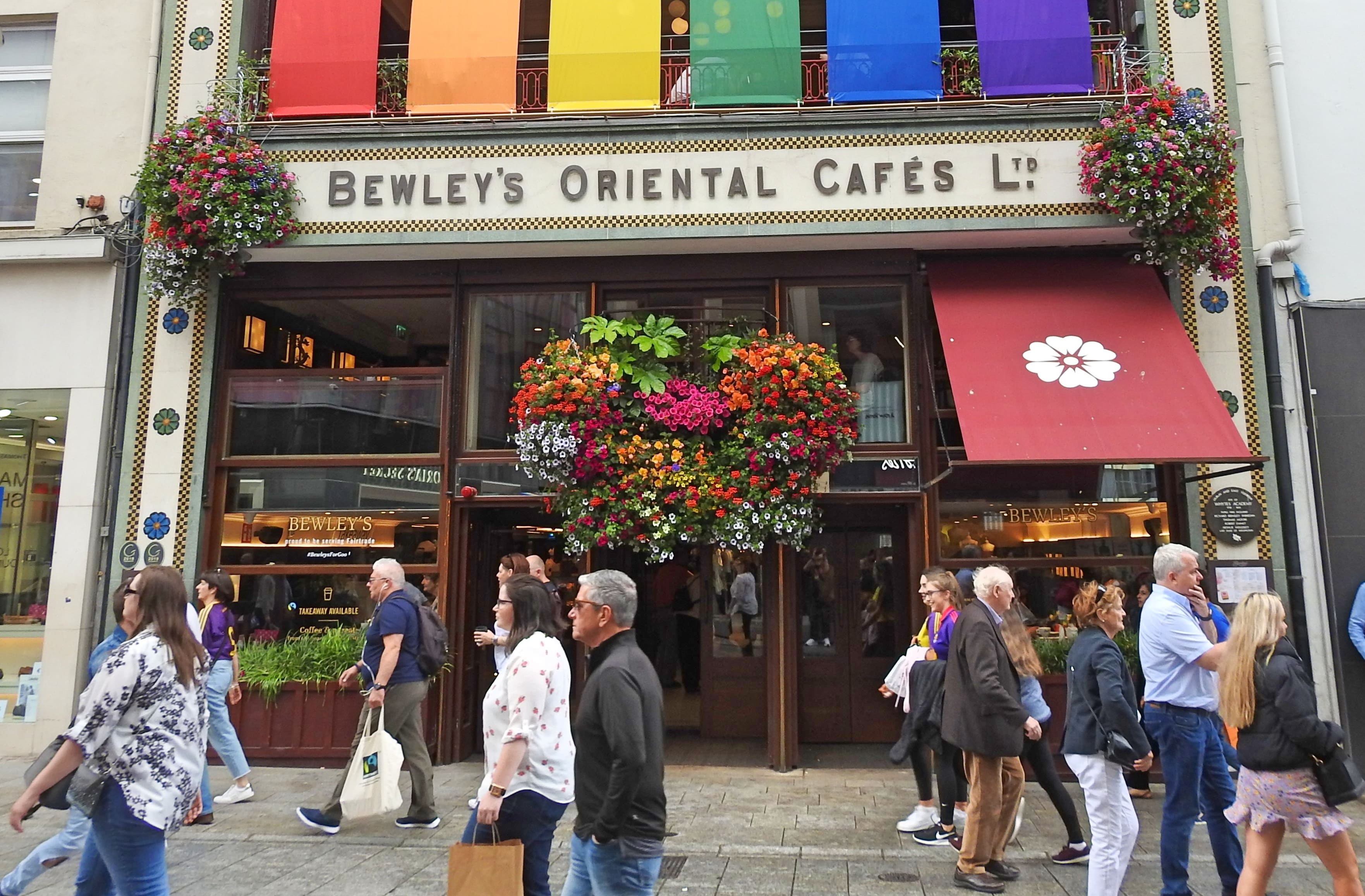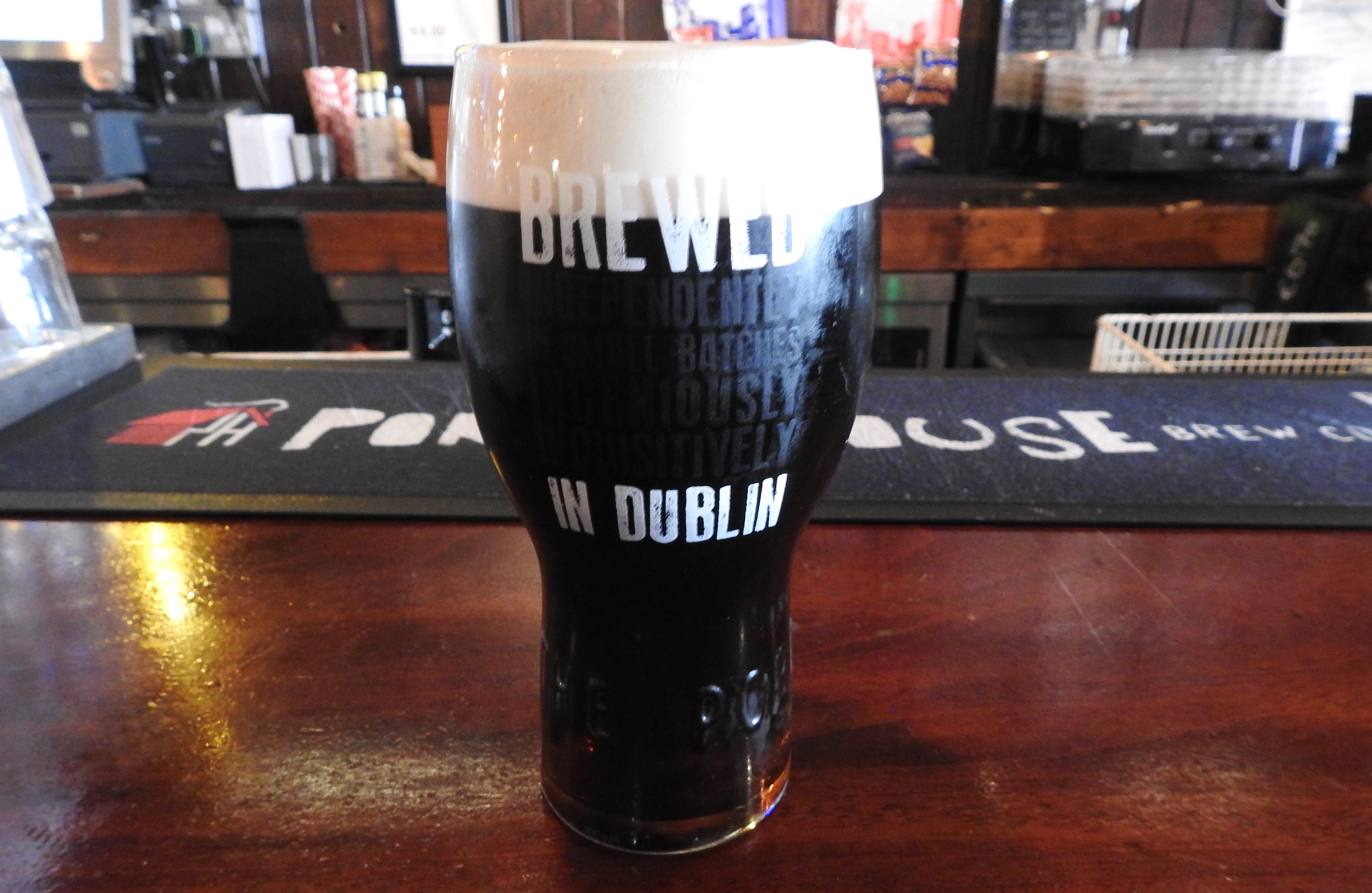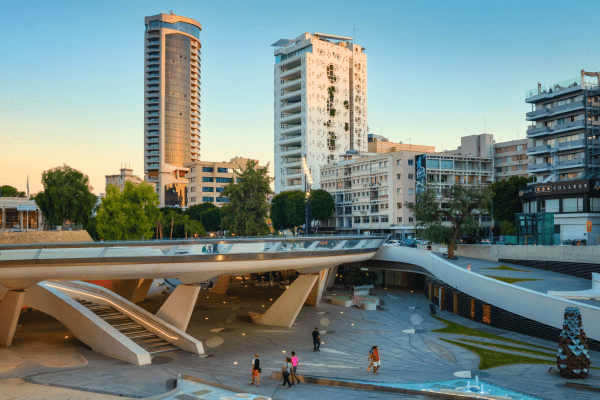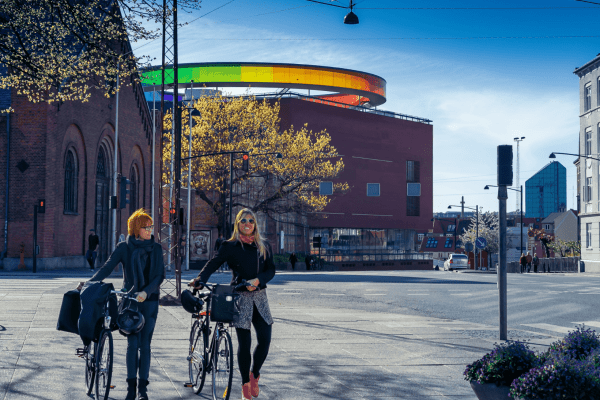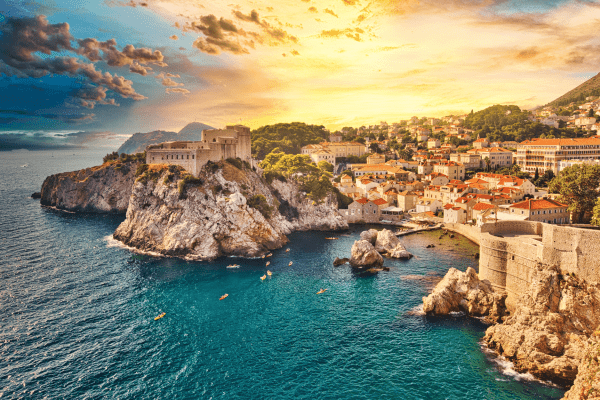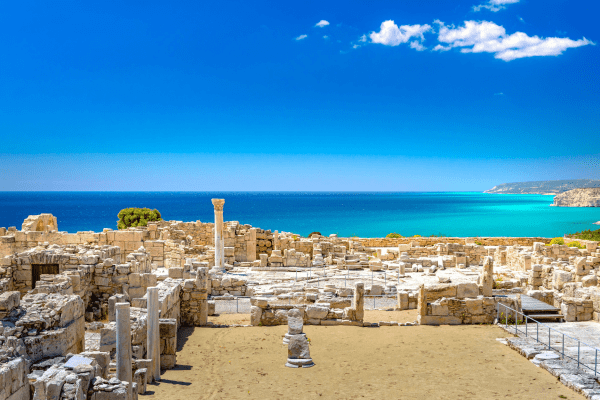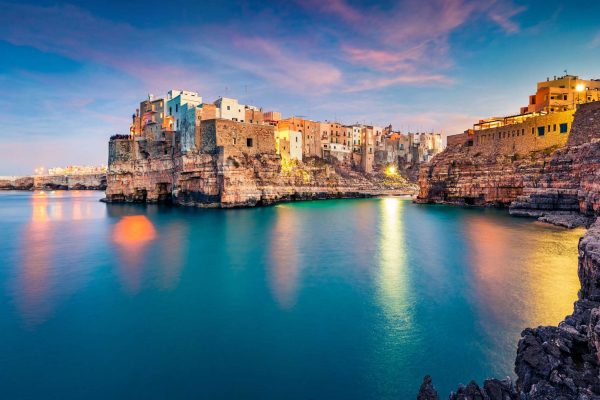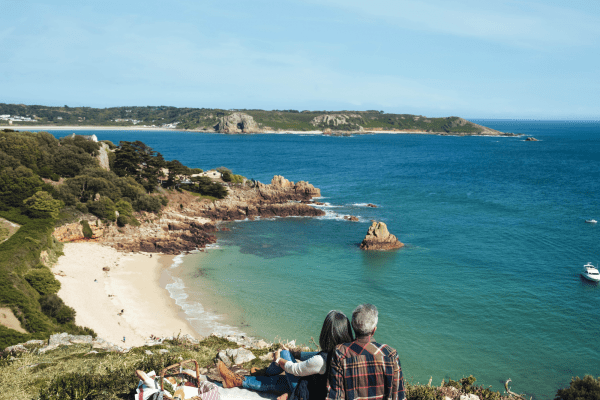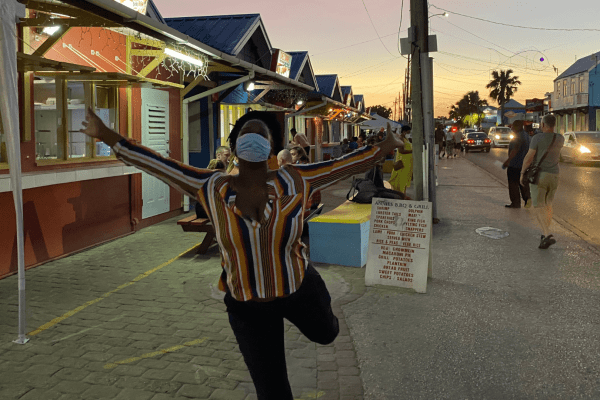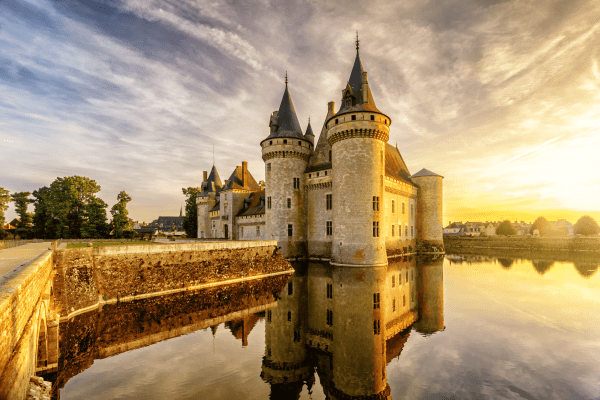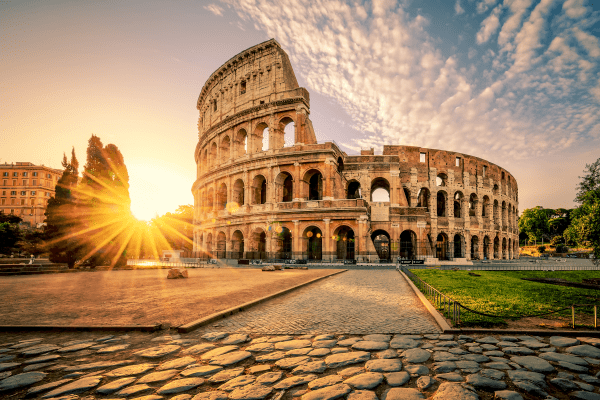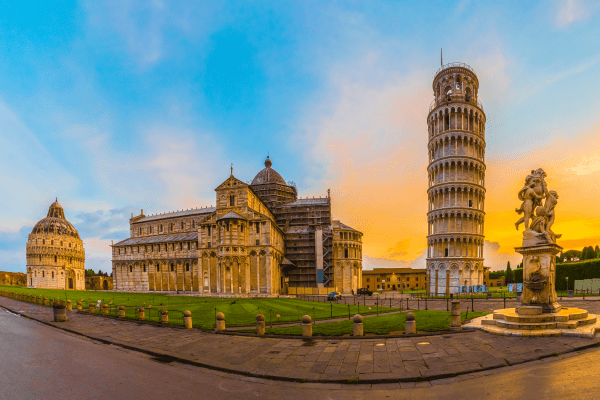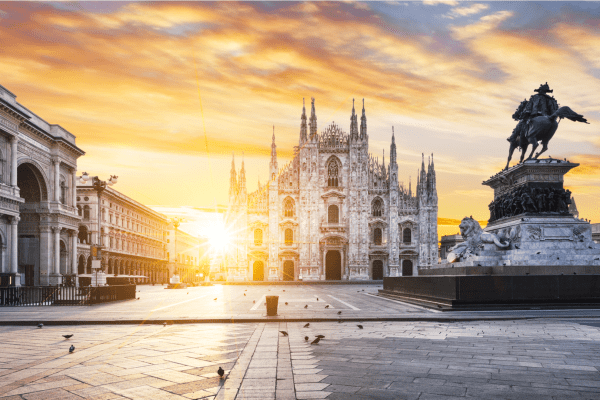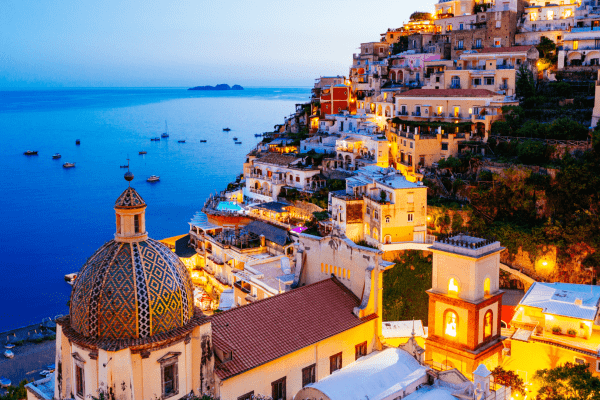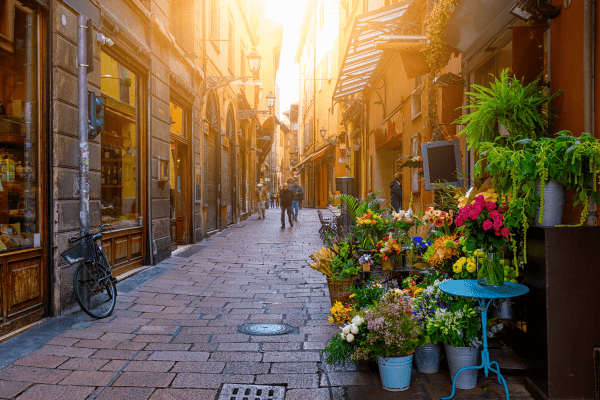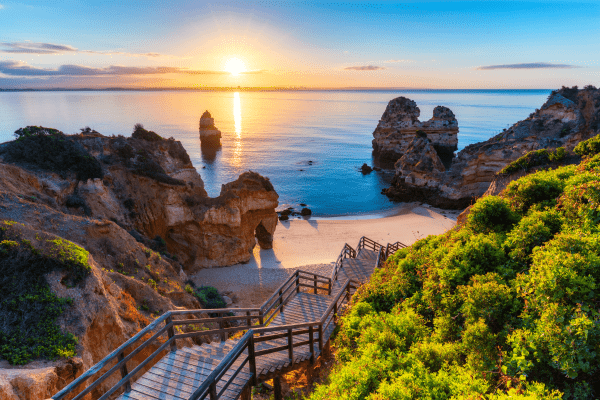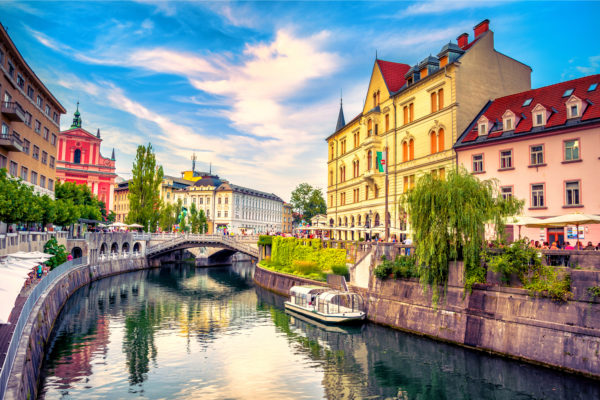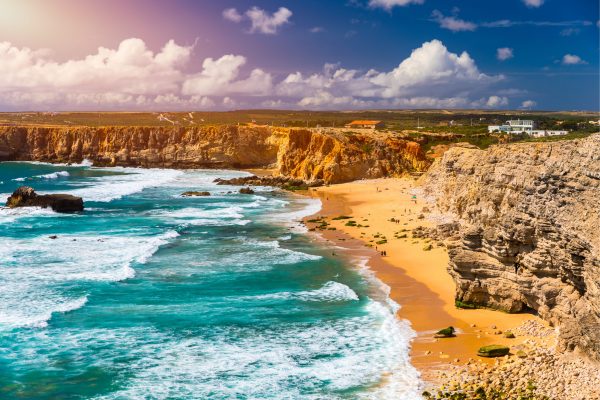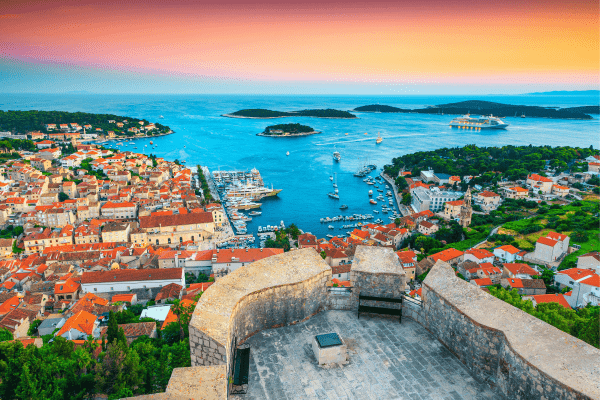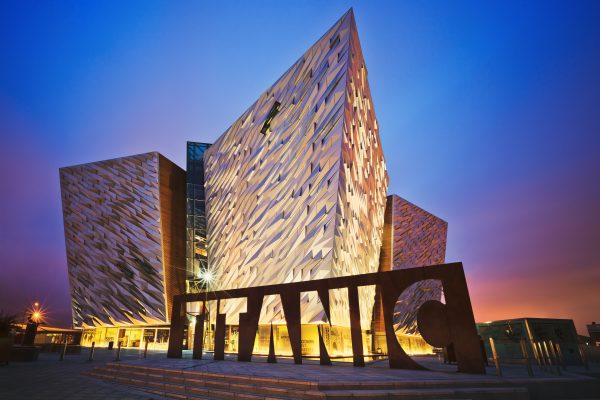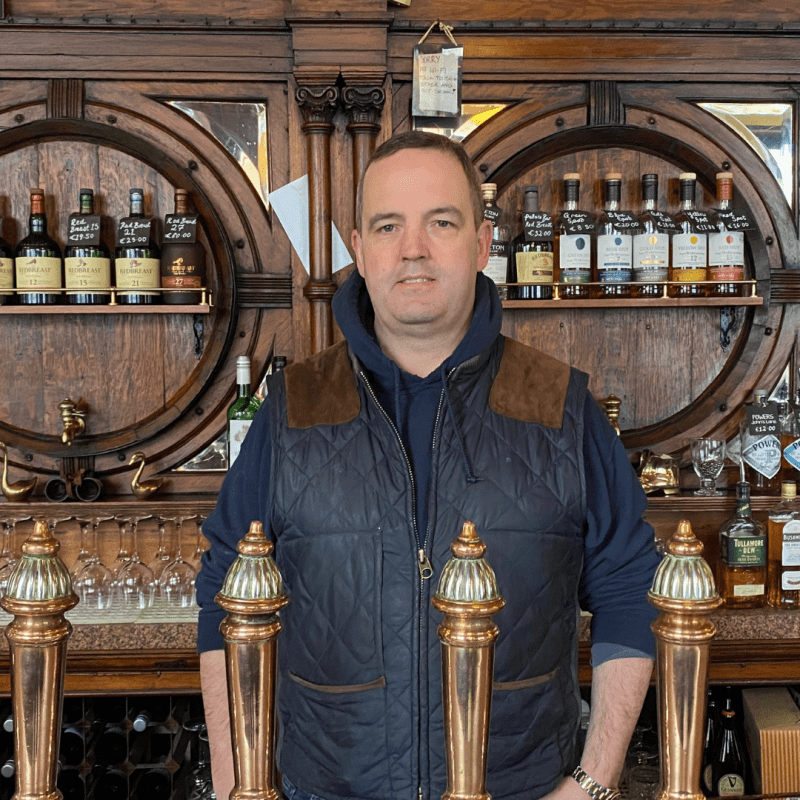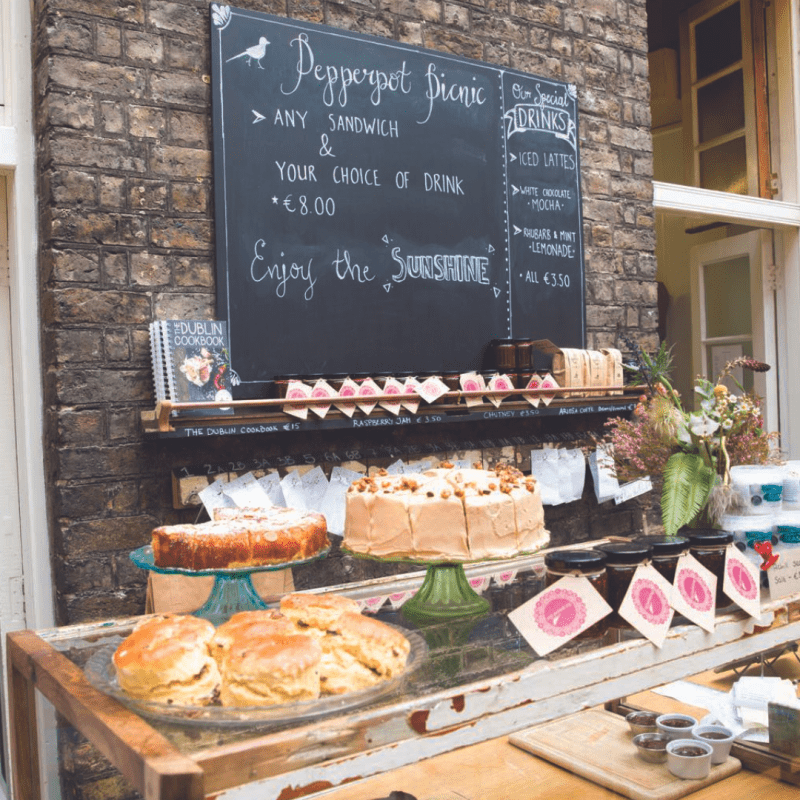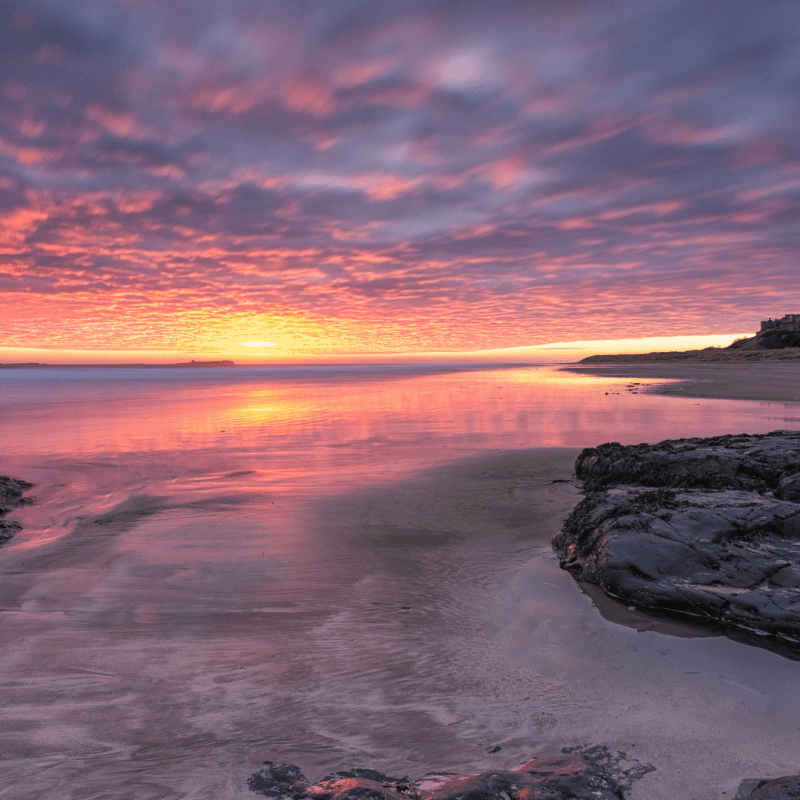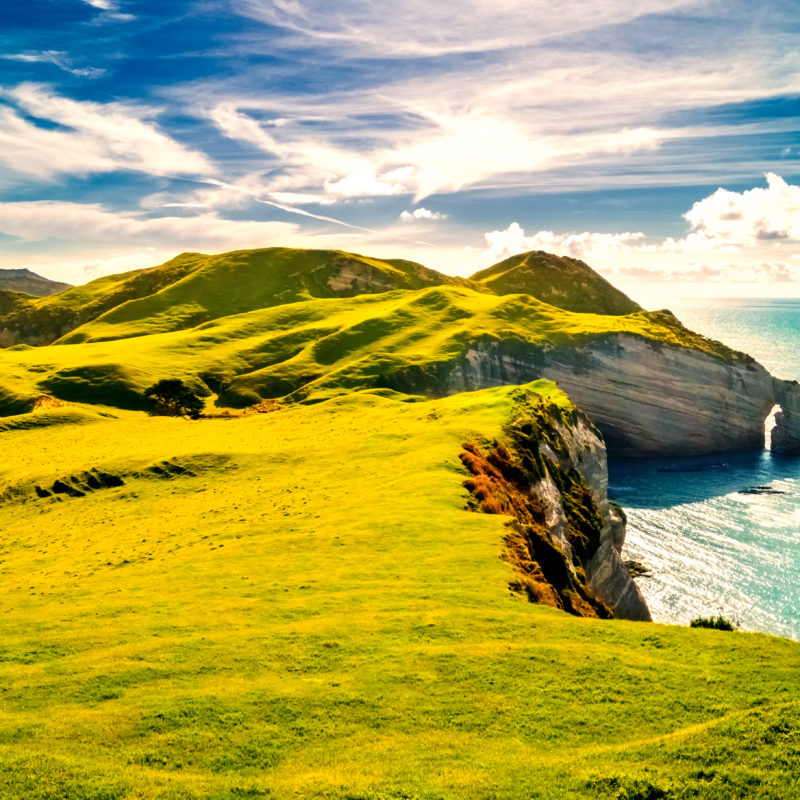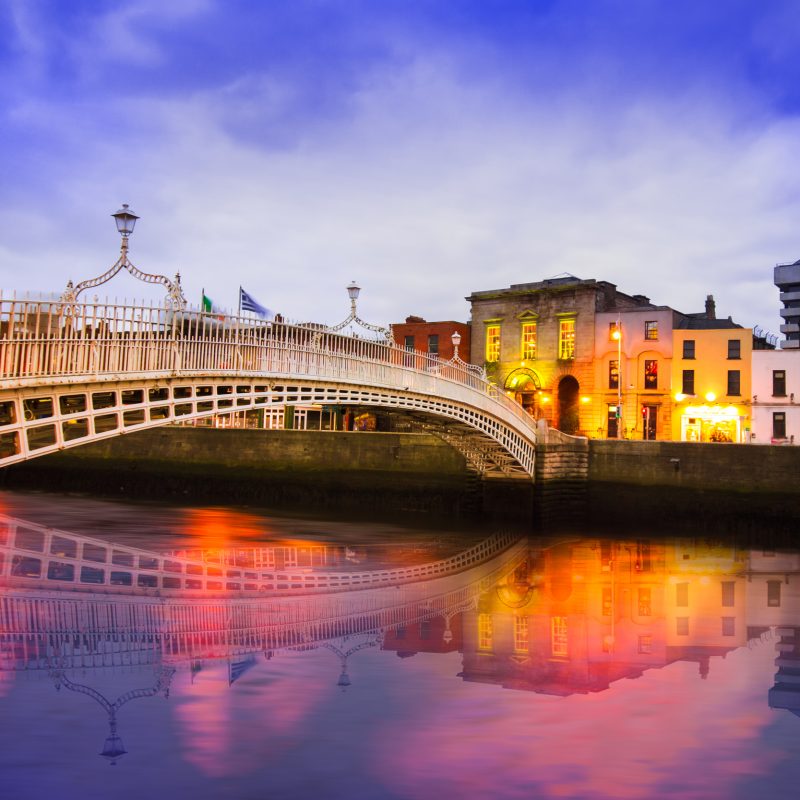“When I die, Dublin will be written in my heart”. So, apparently, said James Joyce, literary genius and son of Ireland’s fair city, but in fact it turns out that so many people feel this way about the charming historical capital. Easily accessible from all over Europe, Dublin attracts couples, families and groups of friends looking for a cool weekender or fun getaway. Scratch below the surface though and you’ll find more than just Guinness and craic.
Beware the heaving summer months when the city is at it’s most popular, and although there is a lot to be said for visiting during the joyous St Patrick’s Day festival, it’s hardly the time to avoid the crowds! To get the most for your hard-earned euros, Low Season Traveller suggests a November, January or February sojourn. Surprisingly, the weather at this time compares favourably to other parts of northern Europe, with daytime highs of around 8°C and although you might well get rain, Dublin’s location in the driest part of the island mean fewer showers and even if the heavens do open, you can be sure that a cosy pub with a log fire won’t be very far away.
History Lessons Were Never This Fun
Forget classroom based learning, you can get your grades just wandering around the city, discovering stunning 18th century architecture, award-winning museums and the spirit of rebellion, defiance and hope still palpable today in the local Dubliners. First stop is the General Post Office, beautiful Greek-revival edifice, and home to Ireland’s possibly most important moment. It was here during the 1916 Easter Rising that the Irish held their ground as the British stormed the stronghold leaving bullet holes still visible today. At EPIC, the Irish Emigration Museum, retrace the journeys made across the world as many risked it all to escape the 19th century Great Famine and find a better life. Climb aboard the Jeanie Johnston, a replica of the only famine ship not to suffer a single onboard death during the seven years it sailed to and from Canada. The 50 minute tour of this replica tall ship gives an idea of what life was like for those brave travellers. Cross the pretty cast iron Ha’penny Bridge, whose pedestrian tolls once paid for its construction, and visit the imposing Dublin Castle to the south, seat of British power for 700 years until Irish independence. Finish at magnificent St Patrick’s Cathedral with its intricately designed mosaics.
Wide Open Spaces
In vast Phoenix Park, twice the size of New York’s Central Park, you can lose yourself among the green lawns, woodlands, and flower gardens with surprises round each corner. Stroll the banks of the Liffey in the elegant National War Memorial Park, a smaller but no less beautiful area, dedicated to the fallen of the Great War. Or explore Merrion Square with its lounging Oscar Wilde statue, people-watch at St Stephen’s Green in the very heart of the city, or enjoy the popular National Botanic Garden. Further afield, climb Killiney Hill, take the stunning cliff walk at Howth or attempt the Bray to Greystones trail in Wicklow.




